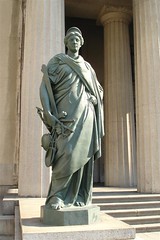
There’s been much bloggage about the AP-photo based Shepard Fairey Obama Hope poster, but one issue I haven’t seen discussed in the midst of discussions about fair use (or copyright violation) is the role that cultural context can play. A related issue is the attribution/ownership/licensing of the original photo, discussed on Fresh Air — plus the initial filing in the suit (PDF).
So what role can cultural context play in quoting / remixing / appropriating / the work of another? I give you
(Lady) Justice metal-style and
(a) Supreme Court Justice’s Imagin(ation).
Unless you are a fan of metal or hardcore, you are likely unaware of the deep admiration that The Dillinger Escape Plan and Metallica have for each other (NSFW info).
Based on this mutual crush, DEP made a shirt with the graphic to the left available for sale for one day only, with Greg ranting on their blog (entire post Greg-style NSFW):
Here’s a preview…(please don’t sue us Lars! I know you’re reading! It’s an homage!!!)…
Inspired by the Metallica album “…And Justice For All”, and the lady justice visual, this limited edition “82588 : NO JUSTICE FOR ANY” shirt features a headless Lady Justice crumbling and falling apart on the front, with “Dillinger Escape Plan” written in the classic Metallica “Justice” font at the bottom, and the uneven scales of justice being tipped by money on the back. … Then after you order one make sure you listen to something gnarly off of that album like “Dyer’s Eve”, or “Shortest Straw”, or the middle part of “Blackened” on a loop for 30 minutes…

Would this quoting or homage count as fair use under copyright? Especially for those in the know, it uses a large amount of the original, yet does so in a call-back respectful way — NOT as a parody. Oddly enough, if the DEP used musical elements that recall Metallica, yet sound different, this community may consider it to be more of a “copyright” violation than this shirt. And note that the idea of symbolic justice, even justice being destroyed — as portrayed in a similar means by Lady Justice — is an idea that has been portrayed elsewhere because of its larger cultural resonance.
So moving beyond copyright — what about possible confusion / dilution of trademark issues? Metallica does not seem to have a trademark in the complete imagery — Doris, the Metallica stylized writing, etc, but they do have a trademark on the well-known stylized Metallica writing — 2213592 & 2038081. But would a reasonable hardcore fan get confused by the two? Hardly! That is about as likely as confusing The Mechanix with The Four Horsemen!
Another divergence about cultural context and fair use — think about John Lennon’s song Imagine, about an idealized possible world that includes lyrics mentioning a lack of religion. If you owned the copyright and were protective of the song , you might not want it to be used without your permission to compare life without religion with communist dictators. And sue the filmmakers.
But why would the filmmakers want to use that song? Because it has has larger cultural resonance — a larger cultural meaning that Supreme Court Chief Justice Alito uses in his majority Free Speech clause ruling in Pleasant Grove City, Utah v. Summum (PDF), quoting the entire song lyrics in a footnote (footnote 2). To make this almost time-travel circular, now can I quote the footnote to make a point about the case? What about John Lennon and Imagine? If it’s good enough for the Supreme Court and fair use, what about regular people?
I hope when a court determines whether the use of the image from an AP photo by a freelancer remixed by an artist into a new work is fair use the transformative cultural context is considered. After all, this image now has a larger cultural significance — hanging in both the National Gallery and on flagpoles all over Chicago.


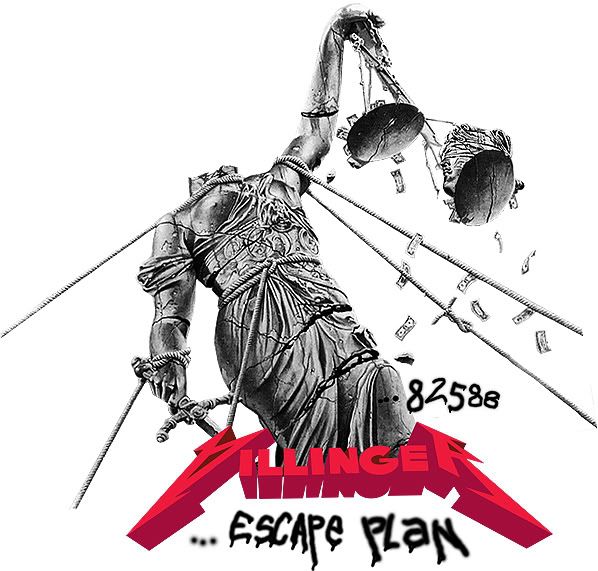

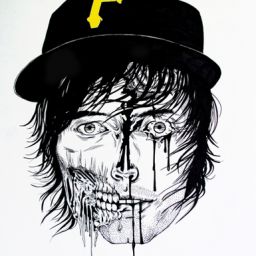

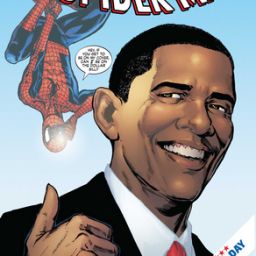
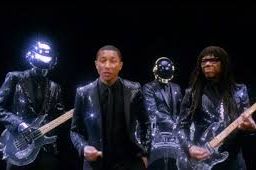
[…] that does mean that the Hope poster is really a mashup between Che and the AP photo? It seems at least it is intended to be […]
Valuable information and wonderful design you got here! I would like to many thanks for sharing your thoughts and time into the stuff you post!! Thumbs up